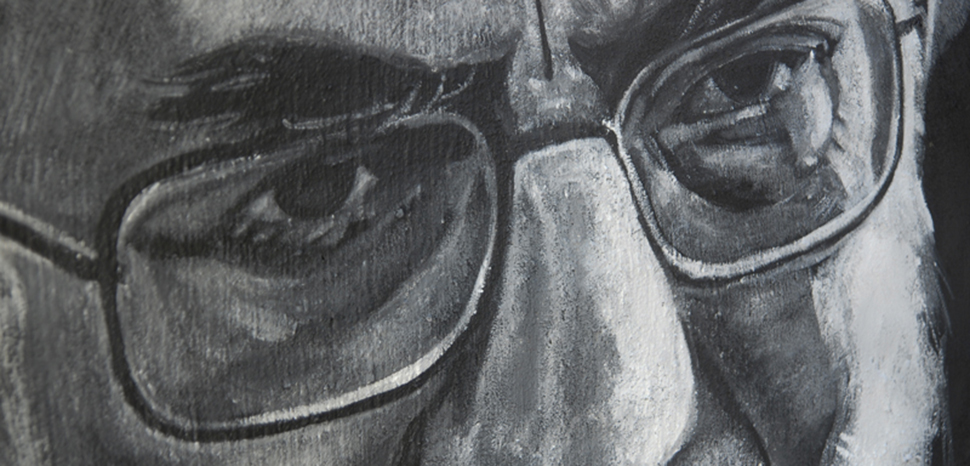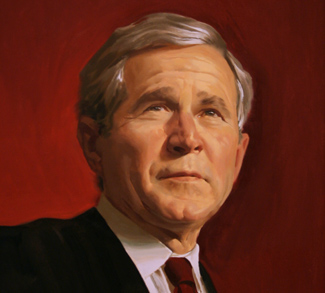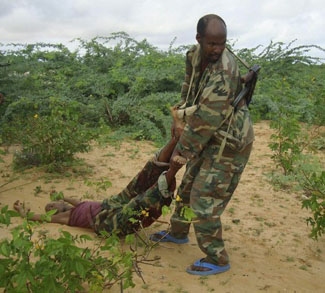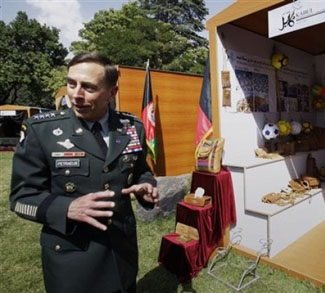It is a paradox that some countries, ostensibly struggling with economic challenges and domestic issues, seem to have an abundance of funds when it comes to funding proxy wars in distant regions. The allocation of vast sums of money for military interventions and covert operations abroad depicts the well-known mismanagement of resources and a lack of focus on addressing the pressing needs of the population.
Hamas, Hezbollah, and Houthis share the Islamic Republic of Iran as a primary ally and financier, forming a coalition known as the “Axis of Resistance.” Facilitated by the Islamic Revolutionary Guard Corps (IRGC), these groups receive support in the form of financial aid, military training, chemical weapons, advanced drones, anti-ship cruise missiles, and precision-strike ballistic missiles. In addition, we’ve also been witnessing direct missile attacks from Tehran in Iraq, Syria and Pakistan, underscoring the depth of their involvement in the region.
Tehran strategically allocates an estimated annual budget of 20-25 billion dollars towards its military expenditures, reflecting a substantial commitment to sustaining and expanding its influence in the region. This financial dedication becomes particularly pronounced when considering the specific support to groups like Hamas. According to the U.S. State Department, Iran directs 100 million dollars annually to fund Hamas alone. This commitment not only illustrates Iran’s active involvement in regional dynamics but also emphasizes the significant financial backing provided to various groups, shaping the geopolitical landscape in the process.
While projecting power and influence on the international stage, concerns arise about the well-being of various groups within Iran. The civil unrest that erupted in September 2022 and persisted for months following the murder of Mahsa Amini accentuates the pressing need for Tehran to prioritize the welfare and prosperity of its citizens at home. In light of domestic challenges, it should be imperative for the government to adopt a balanced approach that takes into account both domestic and foreign policies to maintain an equilibrium for the stability of the nation.
However, despite the apparent importance of achieving this balance, the reality on the ground unfolds the contrary. Iran, with its ethnically diverse population, gender apartheid, and dependence on fundamental internal colonial policies, witnesses the pervasive economic and social suffering of its people under the rule of this authoritarian regime. A recent demonstration of discontent emerged in the form of protests in West Azerbaijan province by the residents of Qara Qishlaq. Unfortunately, these protests were met with brutal suppression, leading to the arrest of 70 individuals.
The catalyst for these protests stemmed from the announcement of Kaveh Soda company’s intention to construct a glass production plant. Kaveh Soda, a company blatantly affiliated with the IRGC, carries a concerning track record as a harbinger of environmental disasters through its disposal of chemical waste into the land and water. A notable example of the company’s impact unfolded after it inaugurated a plant in the city of Maragha, East Azerbaijan province in 2013. The operation resulted in severe pollution of both underground and surface water, as well as pastures within a radius of 150 km. The aftermath of Kaveh Soda’s activities in Maragha was particularly grim, with several villages, including Yengikend, Chilgayi, and Garachopuq, being depopulated due to the barrenness of 450 hectares of farmland, rendering it unsuitable for the livelihoods of the villagers.
In a parallel fashion, the ChlorPars plant situated in the Basmanj region of Tabriz indiscriminately releases toxic liquids and wastes into local irrigation ditches during its production processes. This unethical practice has resulted in the pervasive pollution of the region’s groundwater and springs. Similarly, the discharge of hazardous liquids and sewage directly into the Baliglu River, which flows through the city of Ardabil, has taken a toll on the environment, gradually contributing to the erosion of valuable agricultural lands in the vicinity. The environmental impact of such activities necessitates urgent attention and intervention to mitigate the detrimental effects on both the local ecosystem and the surrounding communities relying on those lands for their survival.
Azerbaijani environmental activists have been diligently working to raise awareness about the alarming and preventable drought of Urmia Lake for decades as well. According to NASA observatory, the lake has now been transformed into a vast, dry salt flat for the most part. Once a UNESCO Biosphere Reserve and home to a variety of creatures like flamingos and white pelicans, it is becoming a herald of salt storms, bad air quality, infertile land, forced migration, and a surge in cancer and respiratory diseases.
The dire state of Lake Urmia is primarily attributed to the excessive construction of unproductive dams, mismanagement of water resources, and a deliberate lack of attention from the government. For instance, the Iranian authorities block the Barandouz River, one of the 14 water sources for Lake Urmia, from flowing into the lake during winter. This dire situation has not only devastated the ecological balance of the region but has also left the inhabitants of surrounding cities enraged as they grapple with the severe consequences of environmental degradation.
The Iranian regime persistently obstructs the collection and sharing of data, creating obstacles in obtaining accurate insights into the socio-economic landscape. Nevertheless, estimates indicate that around one-third of the population lives below the absolute poverty line. Reports published by Iran’s own institutions in 2021 revealed a poverty rate exceeding 30%. The actual figures are expected to be significantly higher, especially when factoring in inflation and the economic repercussions following the post-COVID conditions.
Moreover, It is crucial to underline that numerous sources, including Amnesty International, have consistently reported on the continued under-investment in minority-populated regions of the country to exacerbate poverty and marginalization. This systemic neglect further contributes to the challenges faced by vulnerable communities such as Azerbaijani Turks, Ahwazi Arabs, Baluchis, and members of the Baha’i faith, emphasizing the need for comprehensive efforts to address both economic disparities and social inequities in Iran.
While the inhumane treatment of girls and women in the country remains widely acknowledged, the distressing issue of child brides often goes unreported. A confluence of factors, including poverty, a perspective that regards women as property, and a legal system rooted in Sharia, has rendered young girls particularly vulnerable, subjecting them to arguably the most defenseless conditions.
Contrary to a positive trend, the practice of child marriages witnessed an alarming increase in 2020, with Iranian institutions reporting a rise of over 10% in the number of girls between the ages of ten and fourteen entering into marriages. This troubling trend intersects with the level of education provided to each girl. The Ministry of Education shared that in 2022, 20% of girls aged 15 to 18 had to leave school prematurely due to early marriages. Although data on this issue can sometimes be inconsistent, the harsh reality prompted UNICEF to designate Iran as one of the top five countries with a high incidence of child espousal in 2020.
In Iran, being a female exacerbates challenges and hardships across various domains, particularly evident in the arrest and detention of women activists. Within the legal and prison systems, these activists frequently face gender-specific challenges and encounter additional forms of discrimination. Disturbingly, reports highlight instances of rape and various forms of sexual violence being perpetrated against them, underscoring the gravity of the hardships endured by women activists in Iran.
Another widespread form of oppression against thousands of political prisoners detained in Iran revolves around the systematic denial of adequate and effective medical services within detention centers and prisons. The 2023 Nobel Peace Prize laureate, Narges Mohammadi falls victim to this mistreatment amongst others. Despite grappling with heart failure and being in a critical health condition, she was unjustly barred from being transferred to the hospital simply due to her non-compliance with strict hijab rules.
Furthermore, the Iranian government continues to show a lack of commitment towards investing in the preservation of its rich historical and cultural heritage. The intricate tapestry of cultures and histories within Iran, stemming from its diverse ethnic and linguistic landscape, is unfortunately met with neglect and discrimination in terms of governmental support and investment. This is particularly evident in the insufficient backing for crucial aspects such as museums, cultural festivals, and the preservation of historic sites. A glaring example of this neglect was disclosed by the Minister of Cultural Heritage, Tourism, and Handicrafts, Ezatollah Zarghami, who revealed that the government budget allocated for the preservation of each historical site is equivalent to a mere 50 cents per day. Such minimal funding undermines the essential efforts to safeguard and showcase the nation’s cultural and historical treasures.
Additionally, the practical ban on educational programs in minority languages compounds the challenges confronting diverse communities. This prohibition not only erases the rich history, culture, and language of minority groups but also intensifies social divisions and marginalization. By restricting access to education in minority languages, the government not only undermines cultural diversity but also reinforces a homogenous Shiite-Persian dominant society. This approach effectively presents Persian as the sole culture and language of the people in Iran, perpetuating a system of assimilation that diminishes the distinct linguistic and cultural identities of minority communities.
The imposition of oppression extends to religious freedom within Iran, where the regime, in an effort to maintain control and project the image of a uniform “Islamic” nation as per its official designation, discriminates against and oppresses the Baha’i Faith community. Beyond the blatant denial of religious freedom and civil rights, this group endures systematic discrimination characterized by targeted harassment, property confiscation, and, alarmingly, the deprivation of education aimed at impoverishing its members.
The disparity in investment priorities between external agendas and domestic policies unmistakably highlights the Iranian regime’s profound neglect for its own people. The financial trail and investment records reflect a regime that is willing to allocate substantial funds for proxy wars while proving incapable of meeting the basic necessities of its citizens. The accelerated erosion of trust in the government, coupled with a surge in long term instability, may signal the potential demise of the Iranian regime.
Turkan Bozkurt is a Canada-based paralegal, researcher and human rights activist who focuses on minority rights from an intersectional feminist perspective. She conducts comparative research on colonial oppression and exploitation of BIPOC in North America with minority issues in Iran. She’s also a student of legal philosophy.
The views expressed in this article belong to the authors alone and do not necessarily reflect those of Geopoliticalmonitor.com.




